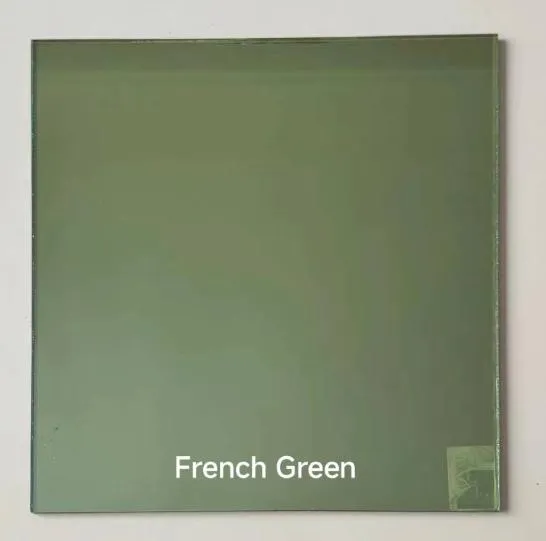Float glass is a pivotal material in various industries, ranging from construction to automobiles and interior design. Understanding the different types of float glass is crucial for selecting the right material for specific applications, ensuring safety, aesthetics, and durability.

The most common type is annealed float glass, which is the basic glass form created by the float process where molten glass is floated on molten tin, resulting in a perfectly flat and uniform surface. Annealed glass is suitable for cutting and grinding but lacks the strength and safety features required for more demanding applications. When broken, it shatters into sharp shards, making it less suitable where safety is a priority.
For enhanced strength, tempering the basic annealed glass transforms it into tempered glass, also known as toughened glass. This process involves heating the glass to a high temperature and then rapidly cooling it. The result is a glass that is much stronger than annealed glass and, if broken, crumbles into small granular chunks instead of sharp shards, reducing the risk of injury. This makes tempered glass ideal for use in situations where safety is paramount, such as in building facades, shower doors, and automobile windows.

Laminated glass is another vital type, known for its exceptional safety and soundproofing properties. It consists of two or more layers of glass bonded together with an interlayer, usually of polyvinyl butyral (PVB). When broken,
the interlayer holds the fragments together, preventing shattering. This quality makes laminated glass ideal for security applications, like bank counters, car windshields, and hurricane-resistant windows, while also offering a degree of sound insulation, beneficial in urban construction.
types of float glass
Low-emissivity (Low-E) float glass is engineered for energy efficiency, being coated with a microscopically thin metal or metallic oxide layer to reflect heat. It keeps interiors warmer in winter and cooler in summer, contributing significantly to building energy efficiency. The coating does not compromise transparency, maintaining clear visibility while enhancing thermal performance, a critical factor in green building projects and modern architectural design.
Colored or tinted float glass absorbs solar radiation, reducing glare and heat penetration, which is beneficial in sunny climates. However, since it can affect natural lighting, it's often used in combination with other glass types to balance aesthetic and functional requirements.
Finally, reflective float glass is coated to reflect heat and light, providing both privacy and a reduction in solar heat gain. Commonly used in office buildings and facades, it adds a modern aesthetic while enhancing energy efficiency.
Each type of float glass serves a unique purpose, and selecting the right kind depends heavily on specific application needs, regulatory requirements, and environmental considerations. By understanding the distinct properties and benefits of each type, professionals can make informed decisions that enhance safety, functionality, and sustainability in their projects. Given the ongoing innovations in glass technology, staying updated with the latest advancements ensures optimal application and compliance with the highest industry standards.



